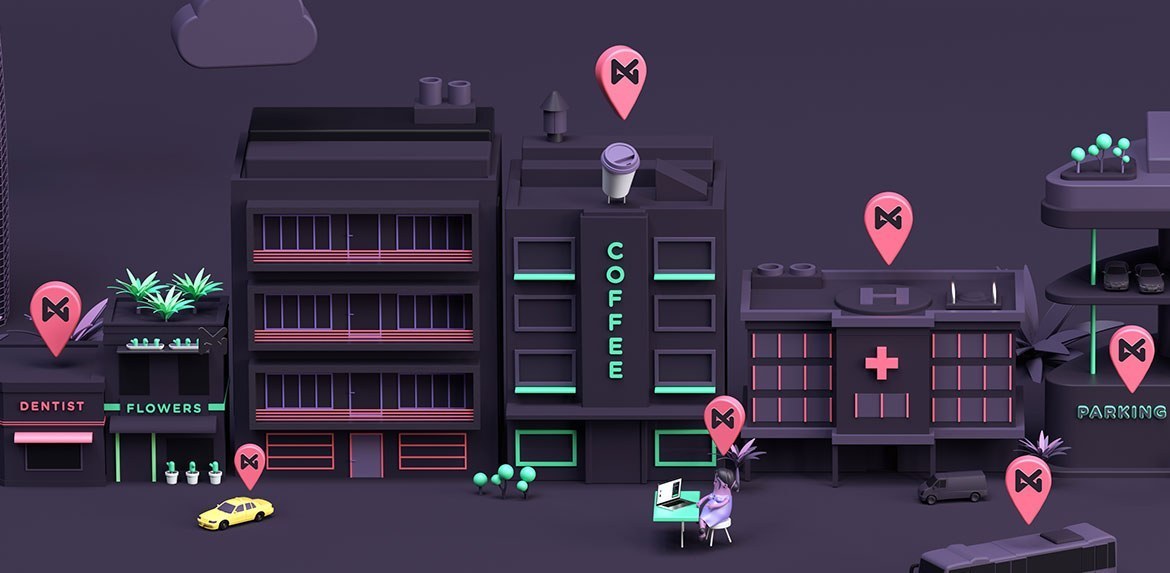A mobile ordering and payment app and pickup-only locations not only streamlines customer experiences, but it also meets their demands for socially distanced engagements.
When the pandemic forced restaurants, coffee shops and cafes to close, they needed to find a way to keep loyal customers engaged and revenues coming in. It’s no surprise that Starbucks, a trailblazer in using technology integrations to boost profits in the quick serve restaurant (QSR) space, emerged as a leader once again. Thankfully, ISOs and software developers can learn a lot from Starbucks’ actions.
Engineering Socially Distanced Coffee Purchases
Starbucks has had enormous success with its mobile model for ordering and payment. For years, Starbucks held the lead as the most popular payment app, not overtaken by Apple Pay until 2019. Starbucks still held onto a solid second, however, with 25.2 million users, a 39.4 percent piece of the proximity mobile payment pie.
Instead of resting on its laurels, Starbucks continued to innovate. In November 2019, the company opened its first pickup-only location in Manhattan. Customers place their orders via the Starbucks app and go to the location, which has no seating, to pick them up. In a press release, Starbucks says this is “just one way the company is modernizing and reimagining the customer experience in its stores in high-traffic metropolitan areas.”
As it turns out, the concept is also a way to continue engagement with customers during a pandemic. Starbucks recently announced the acceleration of its “pickup” store concept to conform to the demands of doing business in 2020.
Vijay Sondhi, CEO of NMI, comments, “We knew that the post-COVID-19 world was going to look different, and it’s forced merchants to expand into areas they may have never expanded into before like curbside pickup and mobile ordering. Convenience is going to continue to be key, and Starbucks fast-tracking their ‘pickup’ store concept is a prime example of that.”
“We can expect that Starbucks’ pickup-only store concept will be heavily noted as QSRs rethink their payment strategies and store formats to meet customers’ new preferences around safety and convenience,” Sondhi adds.
More Than Mobile Acceptance
As you are developing solutions for your restaurant, coffee shop and café clients, however, remember that the Starbucks app is more than ordering and mobile payment acceptance. The app is combined with a popular loyalty program and rewards that customers perceive as valuable and enthusiastically pursue. The app is also a means of communication with customers which has enabled Starbucks to build a true community.
Additionally, the app closely conforms to the Starbucks brand and delivers an experience consistent with what customers can expect when they receive in-person service at a brick-and-mortar location.
In the rush to enable mobile ordering and payment for curbside or in-store pickup during the pandemic, it could be easy for your clients to overlook integration with their loyalty programs or other app features that will help differentiate their businesses. As trusted advisors, ISOs and software developers can be the calm voice of reason as their clients build their strategies and make an investment that will not only help them continue to operate during the COVID-19 outbreak but also benefit their businesses long-term.
Build on the Pickup Only Concept with Kiosks
Sondhi says some restaurants and coffee shops adopting a pickup only model will also find benefits in deploying payment kiosks. “Kiosks, which are already used by many fast food chains, offer consumers a unique opportunity to pay by card while avoiding interactions with a sales assistant — taking an additional physical touchpoint out of the purchase experience and thus helping customers feel more comfortable entering stores again,” Sondhi says. “Taking it one step further, these kiosks can be equipped with contactless features, removing the need for customers to touch kiosks whatsoever while purchasing their coffees.”
In addition to providing benefits for the consumer, kiosks in the QSR space also have advantages for the businesses themselves. Because customers place their own orders and complete payment transactions on kiosks, restaurateurs may be able to operate with fewer employees. This is a vital capability as some staff continues to self-isolate due to health concerns and as business owners look for ways to stay profitable during the economic recovery.
As the economy recovers, small businesses will need as many channels as they can to stay profitable, and kiosks are potentially another avenue to maintain profitability long-term. Kiosks, which give people time to browse the menu, modify orders, add sides or consider combos, can increase average check sizes by 15 to 30 percent. They also lower shrink that can be traced to human error when a counter worker places an order.
Follow the Leader
The pandemic was more detrimental to the restaurant industry than most others, forcing businesses to look for new ways to survive the new normal. Adapting your clients’ solutions to support mobile ordering and payment and a pickup-only model is a proven model that can help restaurant chains stay profitable – or even grow. Just ask Starbucks.
Don’t just turn on payments, transform the way you do business
- Generate New Revenue By adding or expanding payment offerings to your solution, you can start earning higher monthly and transaction-based recurring revenue.
- Offer the Power of Choice Allow merchants to choose from 125+ shopping cart integrations and 200+ processor options to streamline their onboarding.
- Seamless White Labeling Make the platform an extension of your brand by adding your logo, colors and customizing your URL.





